hypermobility in babies arms
62 rows SummarySummary. Many children and adults will have one or more double joints.

Hypermobility Syndrome Therapies For Kids
Hypermobility refers to an increased range of movement in multiple joints for their age.

. Some children show symptoms of hypermobility in four or more joints and might experience pain as a result. Bend a thumb backwards to touch your forearm. Especially arms wrists and fingers which all bend in horrible ways and my sister is much worse although without muscle tone problems so.
Hypermobility of joints may be considered a physiological or pathological phenomenon in this context. Infant hypermobility is a common asymptomatic condition in children under the age of 5 that causes joints to move outside their normal limits. Hypermobility joint syndrome HJS means your joints are looser than normal.
The usual tightness of the hip and knee muscles is absent and the the hips and knees can be fully extended. Bone shape or the depth of the joint sockets. Right elbow bending backward Right.
This is page 1 of 1 This thread has 15 messages. Start new thread in this topic Watch this thread Flip this thread Refresh the display Add a message. Unlike the vascular form of the Ehlers-Danlos Syndrome EDS formerly EDS Type IV the Joint Hypermobility Syndrome JHS HSD and hEDS are not associated with heart disease or major hazards during pregnancy and labour.
Joint hypermobility in babies and children is even more common and usually causes no problems. A poor sense. This happens when the connective tissue which makes up the joint structures capsule and.
Muscle tone or strength. It is sometimes referred to as being double jointed and is quite common about 1 in 10 people are hypermobile. This is called benign hypermobility syndrome since the only symptom is hypermobile joints.
This happens when the connective tissue which makes up the joint structures capsule and ligaments is more compliant more easily stretched than usual. Pregnancy and Medical Concerns in JHS hEDS and HSD. It is extremely common in children having being reported in 25 to 50 of those younger than 10 years of age.
It occurs on average in 30 of the child population being more common in girls than in boys in a ratio of 3 to 1. The Beighton score is measured by adding 1 point for each of the following. Joints most commonly affected are the fingers wrists elbows and knees.
These are a combination of the Beighton hypermobility score and the child or young persons symptoms. It affects 7 10 of school age children in the UK. Why certain children will have MSD associated with hypermobility and others not is unclear but the more extreme degree of joint laxity and the associated clinical features such as skin elasticity easy bruising or slow tissue healing in children with MSDs.
Fully developed full-term newborns are often delivered lying down with their arms and legs flexed. The laxity in the joints and muscles means that it requires more effort to lift up the arms to reach for toys and kick the legs. The term generalised joint hypermobility GJH is used when a child has several joints that are more flexible than usual.
When this affects many joints and is associated with pain it is called a hypermobility syndrome. What are signs of hypermobility in babies. Generalised joint hypermobility is quite a common occurrence - in fact it is just a normal.
Right knee bending backward Left elbow bending backward. In many cases the joints become stiffer with age although joint hypermobility and its associated symptoms can continue into adult life. It is generally considered the least severe form of Ehlers-Danlos syndrome EDS although significant complications can occur.
The Beighton hypermobility score is a 9-point scoring system based on little fingers thumbs elbows knees and trunk. Bend a little finger back more than 90 degrees. It occurs when collagen levels in tendons and ligaments are altered making the fibers thinner and less stiff.
It is a common joint or muscle problem in children and. It is used to assess hypermobility using a standard set of movements of thumb and wrist fifth finger elbows back and knees. But when hypermobility causes pain it could point towards joint hypermobility syndrome which needs to be treated.
4 points hypermobility likely. Aside from the joints that can move beyond a normal range of motion hypermobility syndrome can make individuals more prone to injuries such as sprains soft tissue injuries fractures or dislocations. Take advantage of the extra-long arms enjoyed by many of those with hEDSHSD and hold baby on your forearm rather than your hand.
Multiple developmental pathways for hypermobility in infants Babys position at the time of birth. The joint pain and soreness typical. Newborn hypermobile and pre-term infants lie with their legs and arms more extended and flat on the cot mattress.
Ask to be shown how to hold your baby hands free if wrist or hand pain is an issue for you. In 2016 an important paper was published from Sweden Sunderlin et al. In reality the muscles in the hips and knees are stiff and cannot be fully stretched out as needed.
Hypermobility syndrome refers to joints that move beyond the normal range with little effort. Hypermobile Ehlers-Danlos syndrome is an inherited connective tissue disorder that is caused by defects in a protein called collagen. Joint hypermobility is thought to be very common particularly in children and young people.
The older you are the less likely it is you will be hypermobile. The term benign hypermobility joint syndrome BHJS is a common source of joint or muscle complaints that often cause concern for parents children and school personnel. The movement is done without.
It can be caused by. As people normally lose flexibility through adulthood symptoms of hypermobility may change or improve with time. Many children are hypermobile double jointed in one or more joints.
In addition to hypermobile joints a child with JHS may also have. 4 points and pain in 4 or more joints for at least 3 months joint hypermobility syndrome likely. Hypermobility means a persons joints move beyond a normal range of motion.
Placing flat hands on the floor with straight legs Left knee bending backward. Some estimates suggest that around one in every five people in the UK may have hypermobile joints. Children who have hypermobility disorder might experience it in one or more joints and might say they have loose joints or describe themselves as double jointed.
While standing put hands flat on floor while knees stay straight. This will prevent wrist pain and carpal tunnel syndrome. We are at our most flexible as babies and become less flexible with age.
Children are usually more flexible than adults but those with hypermobile joints can flex and extend their joints beyond what is considered normal. For most children hypermobility affects just the joints. However some children have a condition called Joint Hypermobility Syndrome or JHS.
Its typically referred to as being double jointed. Scoliosis which is curvatures of the spine is also more common among other bone and joint complications. This is quite common and is considered a normal variant of development.
Benign hypermobility describes a child that has several joints that are more flexible than usual. There is no need to use a special chair sitting position or cushion.

Hypermobility Syndrome Explaining The Invisible Illness

Down Syndrome Or Trisomy 21 Therapies For Kids

How Hypermobility And Low Muscle Tone Affect Your Infant S Development Low Muscle Tone Pediatric Physical Therapy Baby Development
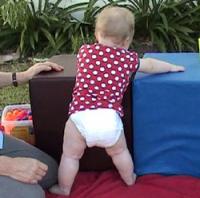
How Hypermobility And Low Muscle Tone Affect Your Baby S Development Skills For Action

Hypotonia Why Milestones Are Harder For My Third Baby Cando Kiddo Hypotonia Hypotonia Baby Pediatric Physical Therapy
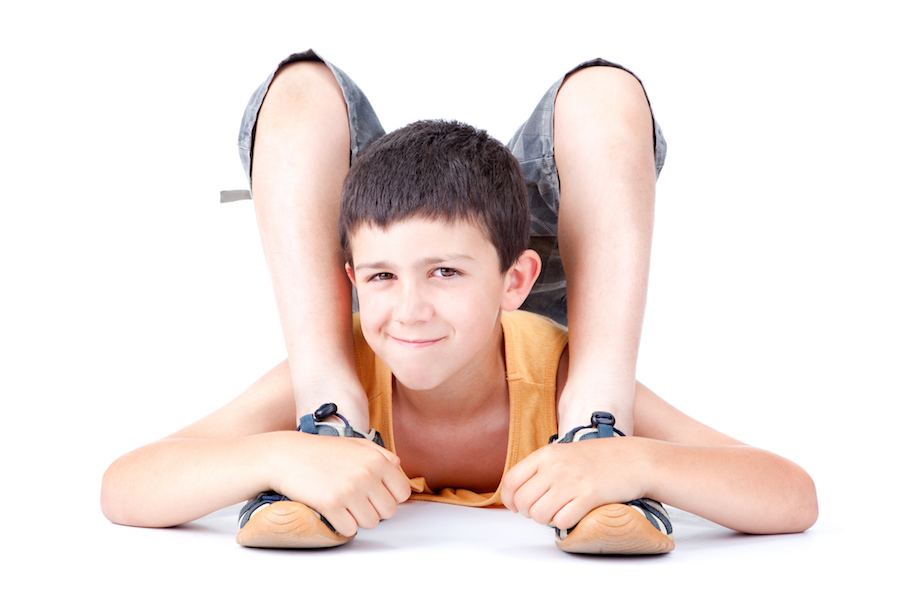
What You Should Know If Your Child Is Double Jointed Orlando Health Arnold Palmer Hospital For Children
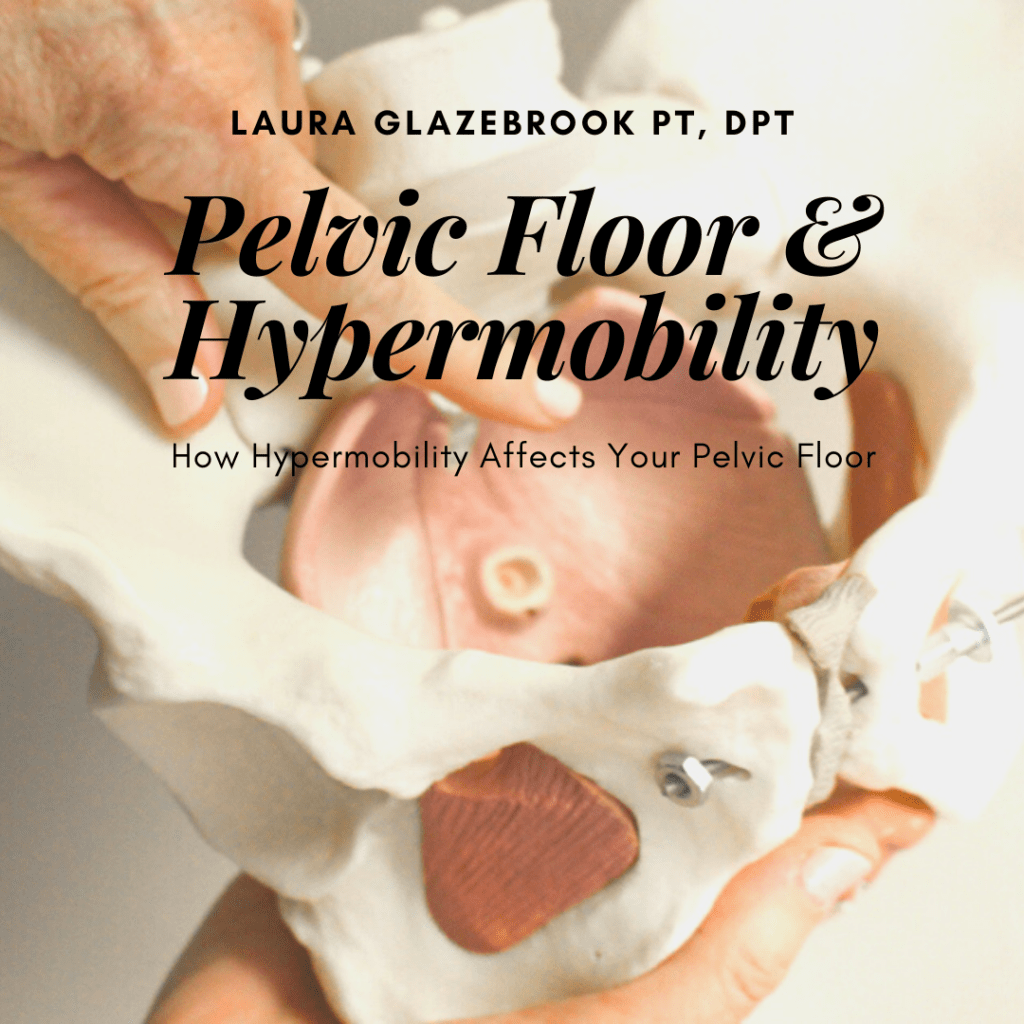
The Pelvic Floor Hypermobility One On One Physical Therapy

How Hypermobility And Low Muscle Tone Affect Your Baby S Development Skills For Action

Double Jointed Baby Arms Hypermobility Youtube

How Hypermobility And Low Muscle Tone Affect Your Baby S Development Skills For Action
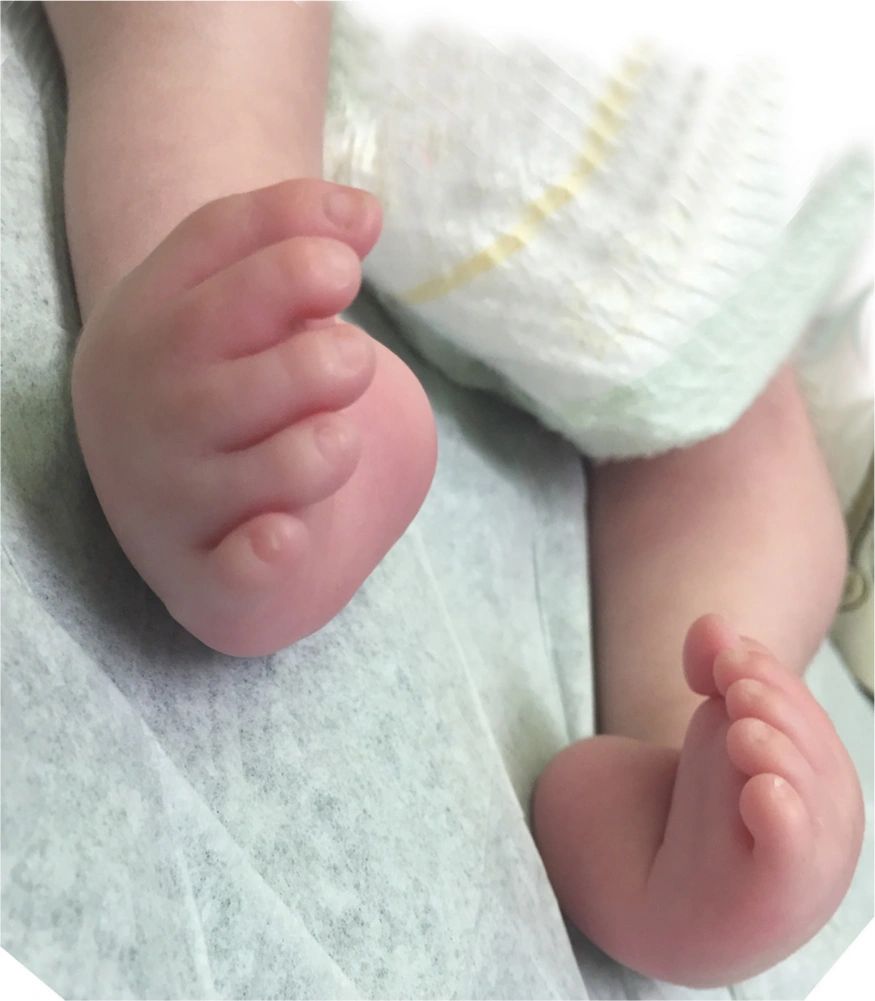
Arthrogryposis Multiplex Congenita

What Is Hypermobility In Babies Children Young Adults Therapy Stars
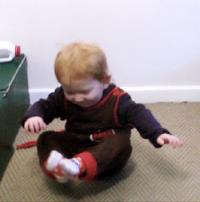
How Hypermobility And Low Muscle Tone Affect Your Baby S Development Skills For Action

What Is Hypermobility In Babies Children Young Adults Therapy Stars

How Hypermobility And Low Muscle Tone Affect Your Baby S Development Skills For Action

How To Recognise Joint Hypermobility In Your Child My Strong Little Body

Hyper Mobility And Low Muscles Tone In Infants Low Muscle Tone Pediatric Physical Therapy Activities Muscle Tone

How Hypermobility And Low Muscle Tone Affect Your Baby S Development Skills For Action
